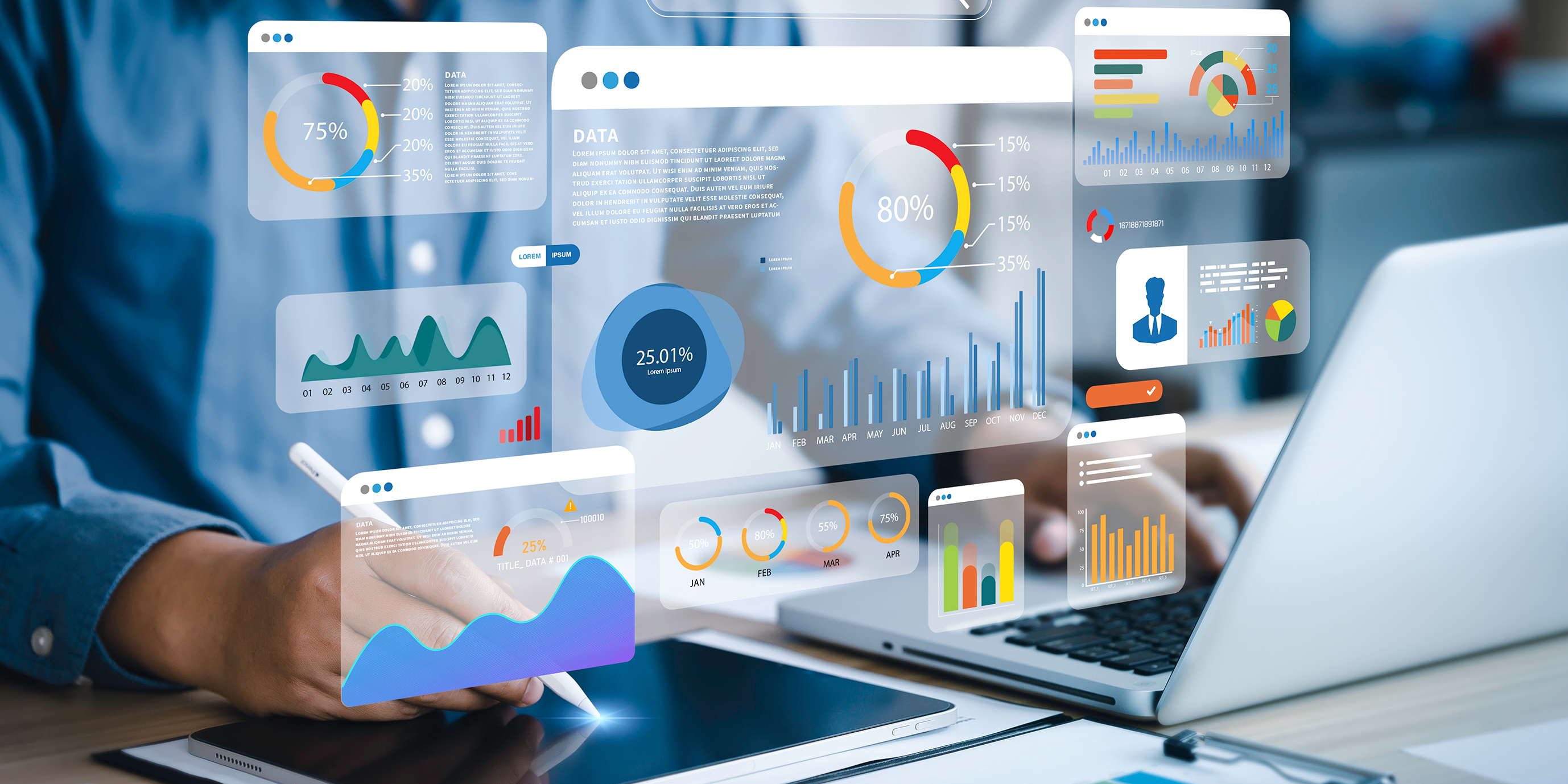
ARTIFICIAL INTELLIGENCE APPLIED TO GRAPHIC DESIGN:
are you a graphic designer worried about being left behind in an increasingly technology-driven world? in this article we explore the question: is artificial intelligence a tool or a threat to graphic design? from the advantages and disadvantages of the most popular AI tools to examples of well-known brands that use AI in their designs.
we tell you everything you need to know to keep your job updated and competitive.
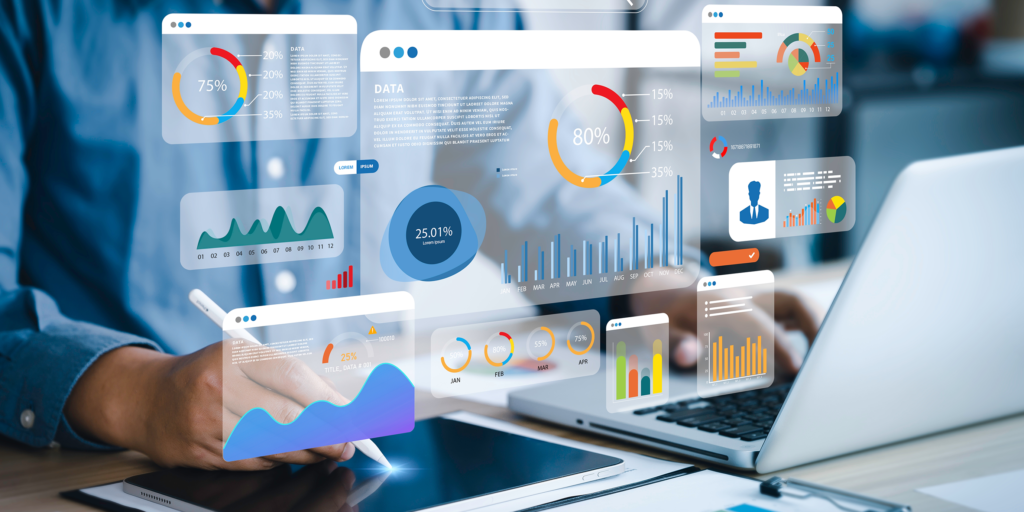
what do we mean by Artificial Intelligence?
the first thing we should know is that artificial intelligence (AI) is software that performs human operations, for example, self-learning which is a computer program that imitates the intellectual and cognitive capacities of people.
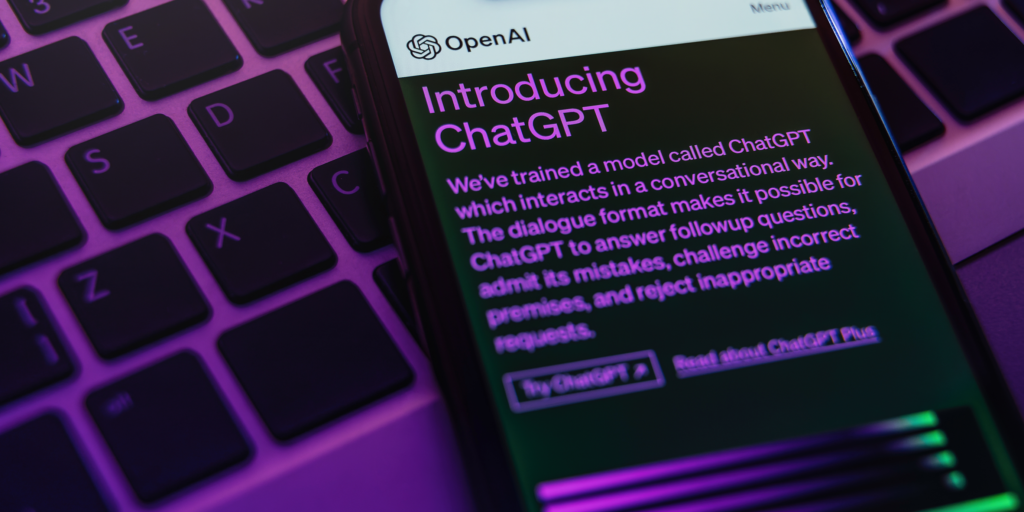
what is AI applied in graphic design?
the use of AI in design as a tool, as well as in different sectors, is not something new. however, the great leap occurred at the end of 2022 with the advances of the so-called Generative Artificial Intelligence (GAI). the potential that AI has acquired implies a change in the business model, and in the world of design.
Generative Artificial Intelligence (GAI) the revolution in design:
Generative Artificial Intelligence uses algorithms and advanced neural networks that learn from texts and images, and from that learning they generate new and unique content, there is the key and there is the small revolution: the creation of original content from existing data, also in graphic design.
currently, all design software includes AI functionalities or tools. Adobe has even created its own artificial intelligence platform, Adobe Sensei, which is used in many of its products for designers, such as Photoshop, Illustrator, and InDesign.
other graphic design programs that have integrated AI into their processes are: Piktochart, Affinity Designer, Sketch, InVision Studio, Gravit Designer. so, AI designers save time and effort on repetitive tasks through this functionality.
there is different software with multiple applications of AI in graphic design. however, the big leap is in AI-specific software, such as Midjourney and DALL-E. both image generation models are the ones that have received the most attention in recent months, but as we will see later, they are not the only ones. the speed and quality to generate creative and personalized designs opens a new paradigm.
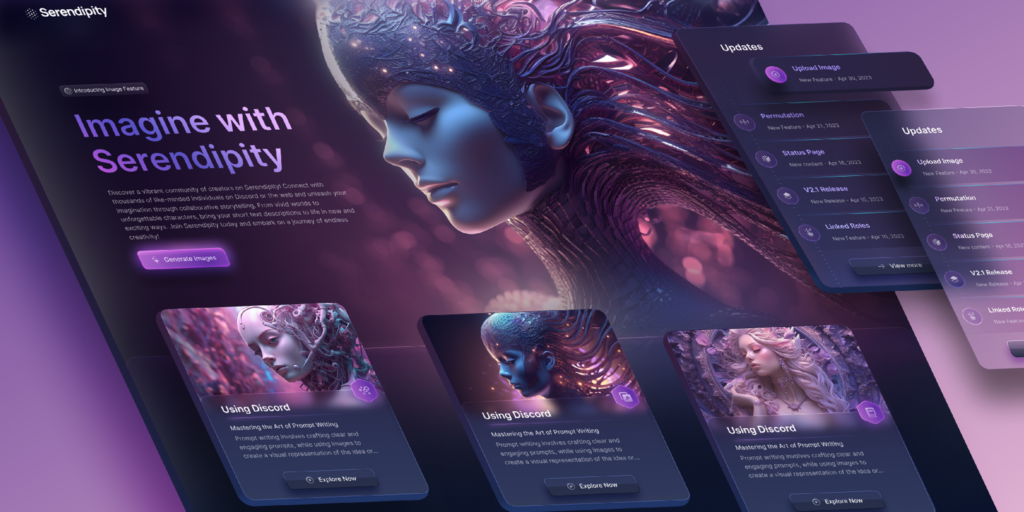
the PROMPT, the key to creating good design using AI.
the AI creation process starts with a prompt. the prompt is a textual description of what you want to appear in the image. something like the briefing in a project. hence its importance. this process automation improves work efficiency.
the prompt is a clue, stated in short sentences, that gives the artificial intelligence model a clear idea of the content to produce.
from the prompt, the AI provides information about the type of business and the design requirements. it includes the theme, the feeling that you want to convey, the elements that are preferred and the color scheme. with this information, the graphic designer can generate various design options that meet the established criteria.
in which areas of design, we can apply AI.
the application of artificial intelligence in design expands to multiple fields. here we suggest some examples:
+ photo editing: with the help of AI, you can improve images and photos more easily and quickly, speed up the recognition of patterns, colors, and shapes. correct automatically. refine the edges of the image, among others.
+ generation of ideas: creative block? Artificial Intelligence can be your greatest ally to provide inspiration. many designers turn to the use of this technology when they need to generate ideas for complex projects. for example, logo ideas that require many elements to be included.
+ graphic design for advertising: through AI you can also optimize the creation of more attractive ads and banners. so that when communicating the client’s profile to this tool, it can show you a result adapted to the needs of the end user.
+ search for resources: especially when you need a very specific graphic resource, artificial intelligence can offer you quite an optimal search result, for example, a photograph with a certain number of people, in a certain setting, doing a specific action.
+ imaging: Artificial Intelligence also plays a key role in creating images from scratch. you must provide a series of characteristics of how you want the image, so that based on the criteria of the AI you obtain different alternatives.
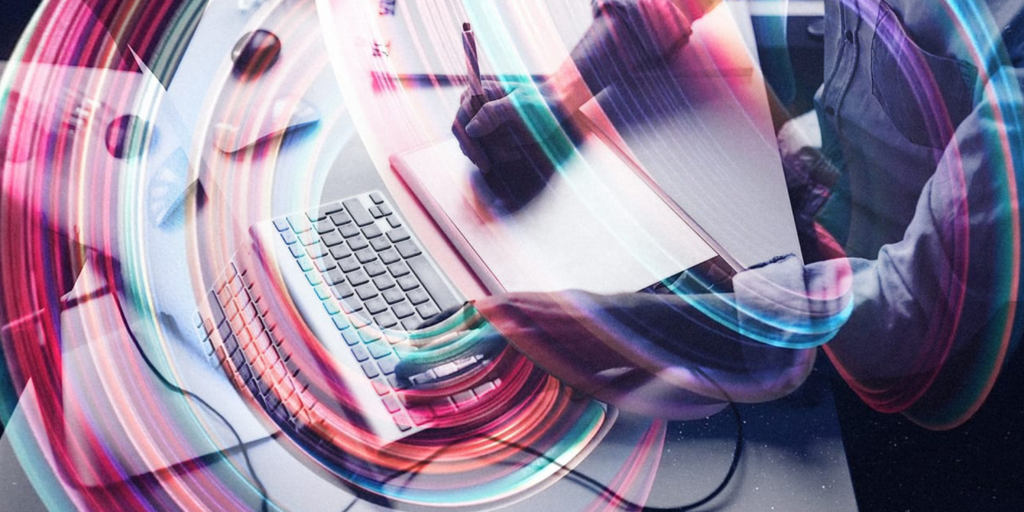
popular AI tools for graphic design.
currently, Midjourney and DALL·E are the most popular and widely used artificial intelligence tools in design and imaging. they are relatively new and have caught the attention of many graphic designers due to their unique and innovative capabilities in the creative arena. but there are other alternative tools with other functionalities: Synthesia, Runway ML, Khroma, Openjourney, Adobe Firefly, and Leonardo AI.
+ Midjourney: it is an independent software, which through the Discord platform manages to transform texts into images. that is, when users describe the image they want, the program generates various options. in Midjourney, apart from the description, you can also upload an image for reference, but not modify it.
+ Dall-E: another of the artificial intelligence tools most used by graphic designers is Dall-E. it was developed by OpenAI and consists of a system that creates realistic and complex images, also through prompts, is a very simple image-generation tool, offers up to 4 images and always composes in squares. what is important is the description of the written instructions: concept (scene, characters, actions, places). format: portrait, landscape, photography, illustration, painting, drawing. references: (type of lens or objective, close-up, etc).
+ Runway ML: some people talk about Runway ML as Adobe’s direct competition, to the point that it is called the new “creative suite”. however, it is more of a tool that focuses on creative experimentation and exploration. is a high-end paid software for graphic designers that produces creative visual content such as animations, interactive designs, images, etc., thanks to its advanced generative technology.
its interface is very simple, without the need to be an expert in programming. it’s a good complement to design software like Photoshop, Illustrator, After Effects, and Blender, or you can use it on its own to generate visual and multimedia content. Runway ML is used by big companies like Google and New Balance.
+ Leonardo AI: in the line of Midjourney is Leonardo AI. an Artificial Intelligence-powered graphic design tool that can create custom, engaging designs quickly and efficiently. the advantage is that it offers many templates and graphic elements to help users create designs. the downside is that it still can’t match creativity and human judgment in terms of design.
+ Blue Willow: it is one of the newer design AI tools. the image generation system is similar to that of Midjourney and you can access it for free through Discord.
+ Adobe Firefly: in our list, we cannot ignore Adobe Firefly, although for now, they are only in the beta version. Adobe Firefly is an AI that is generating a lot of expectations due to its many advanced features in image processing and creative editing. for now, we can only apply for free, preliminary access.
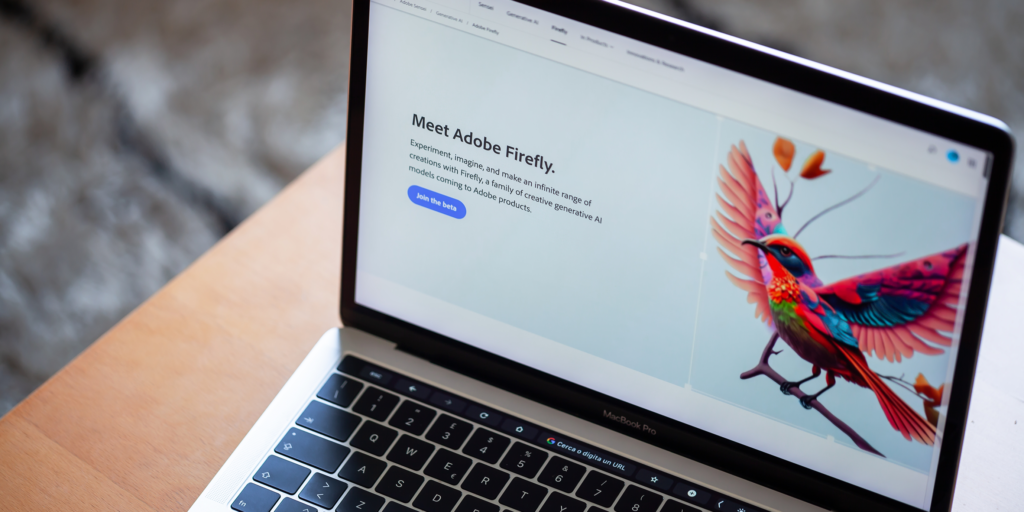
examples of well-known brands that are using AI.
+ IBM: is a leading company in artificial intelligence, offers its clients AI tools to improve their business systems and workflows. their flagship product is IBM Watson, and it has been a huge success.
+ Starbucks: the most famous coffee shop chain of all also joins the rise of artificial intelligence. Starbucks uses AI to improve its customer service, personalizing the offers and promotions it shows each user in its mobile application.
+ Stradivarius: has been one of the pioneering brands in the fashion industry to launch a collection reinterpreted with artificial intelligence, from the garments to the Stradivarius models were created virtually.
+ Hilton: the hotel sector is also betting on this technology and Hilton has been the pioneer chain in this sector. her virtual assistant, Connie, greatly enhances the guest experience, answering questions, recommending restaurants, suggesting tourist attractions, etc.
+ Sephora: incorporates artificial intelligence to make specific product recommendations based on the customer’s profile. it also includes a virtual assistant on its website, Beauty Experts, which answers user questions.
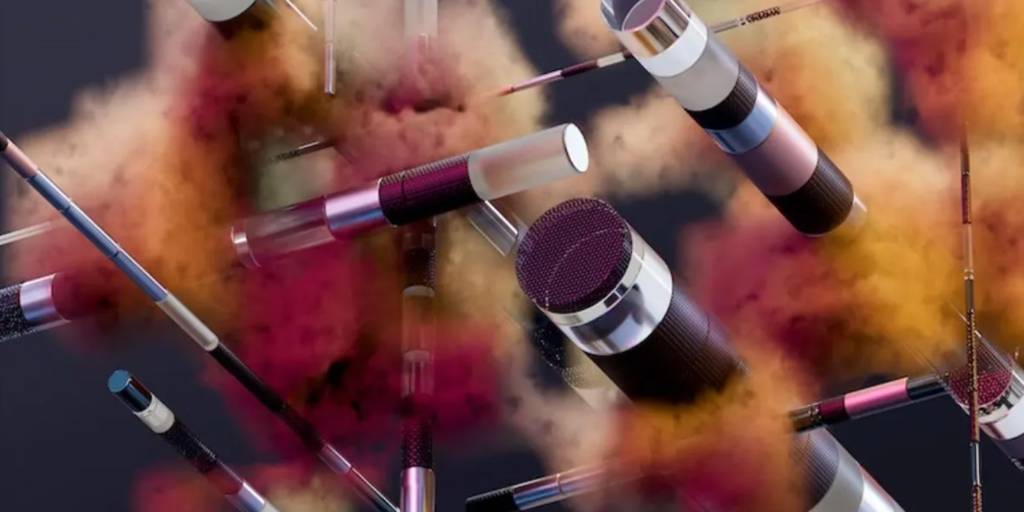
the good and bad of AI in graphic design.
there is a wide ethical debate around the application of AI in graphic design. like everything, artificial intelligence has advantages and weaknesses. let’s review the pros and cons of this technology:
advantages of artificial intelligence in design:
– obtains better results, of higher quality and adjusted to the objectives of the clients.
-accelerates graphic design processes, speeds up delivery times and better analyzes information for decision making.
-facilitates the work of the designer, providing clear and feasible ideas.
-deduces visual or audiovisual production costs, making projects more profitable.
-favors design customization and adaptability.
-increases the chances of having a varied repertoire and offering innovative, exciting and original designs to clients.
disadvantages of artificial intelligence in design:
-requires a large investment, as it requires constant software updates.
-the designer must carry out training to be able to use these programs correctly (although the learning process is very simple)
-the results must be contrasted, to avoid interference in the design and generate biased content, be it at a social, gender, race, etc. level.
-it has no creativity, on the contrary, it creates “new designs” from fragments of others that already circulate on the web.
-generates the dilemma of who owns the copyright of the free content produced by this technology.
in conclusion, artificial intelligence applied to graphic design is: a tool or a threat?
Artificial Intelligence is a powerful tool that can improve efficiency and creativity in design if it is used responsibly and ethically.
a designer must be willing to adapt and learn how to work with these tools to stay current in an ever-evolving world, now there is no going back. the challenge is to know how to take advantage of its advantages and learn to overcome its limitations.